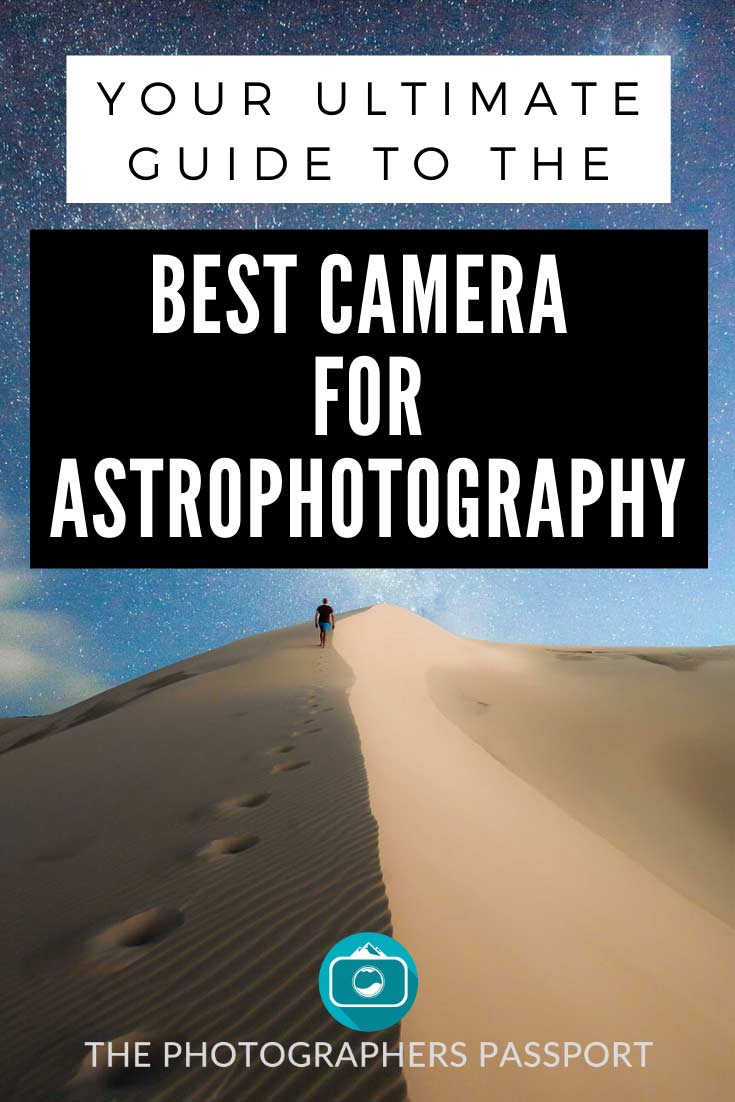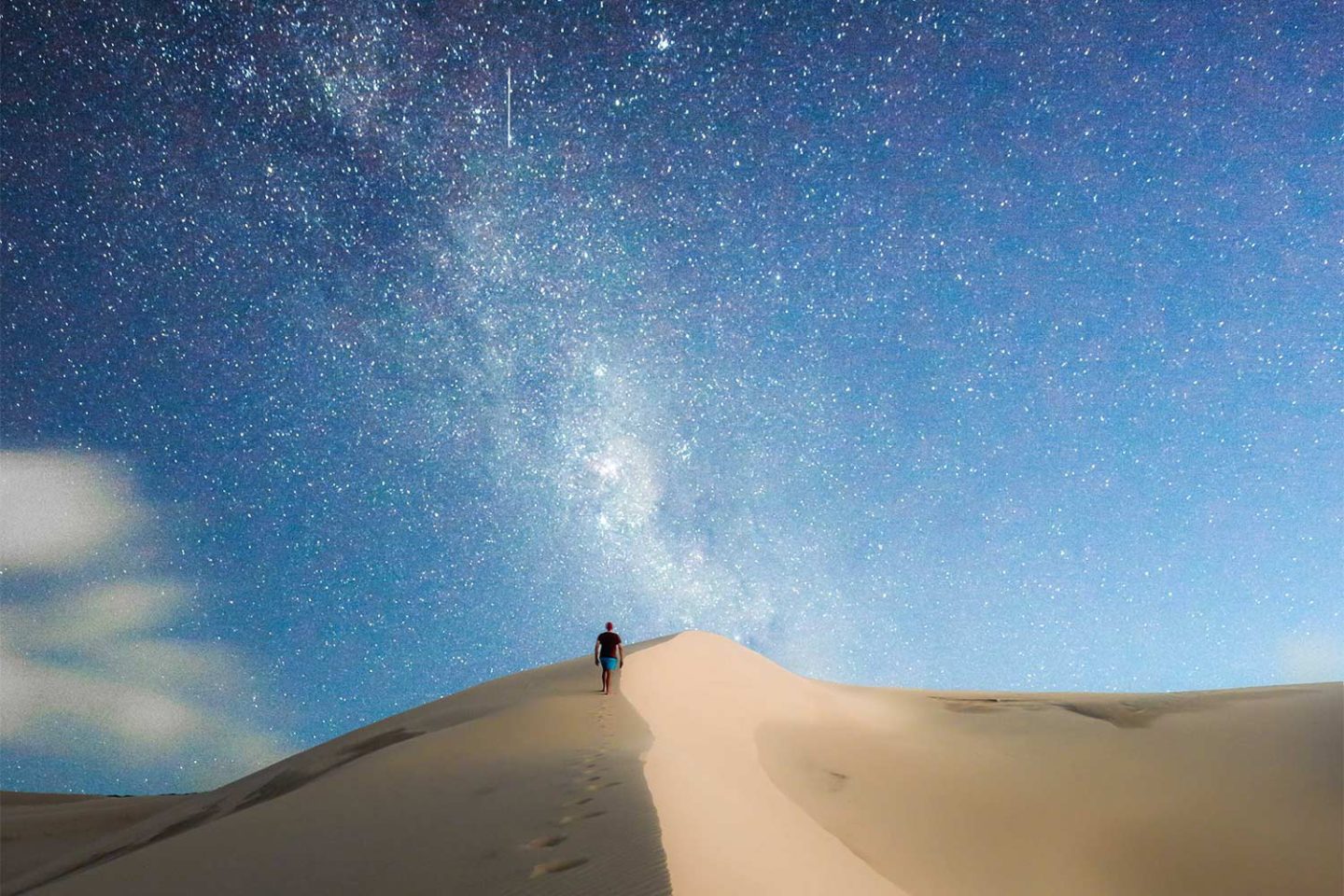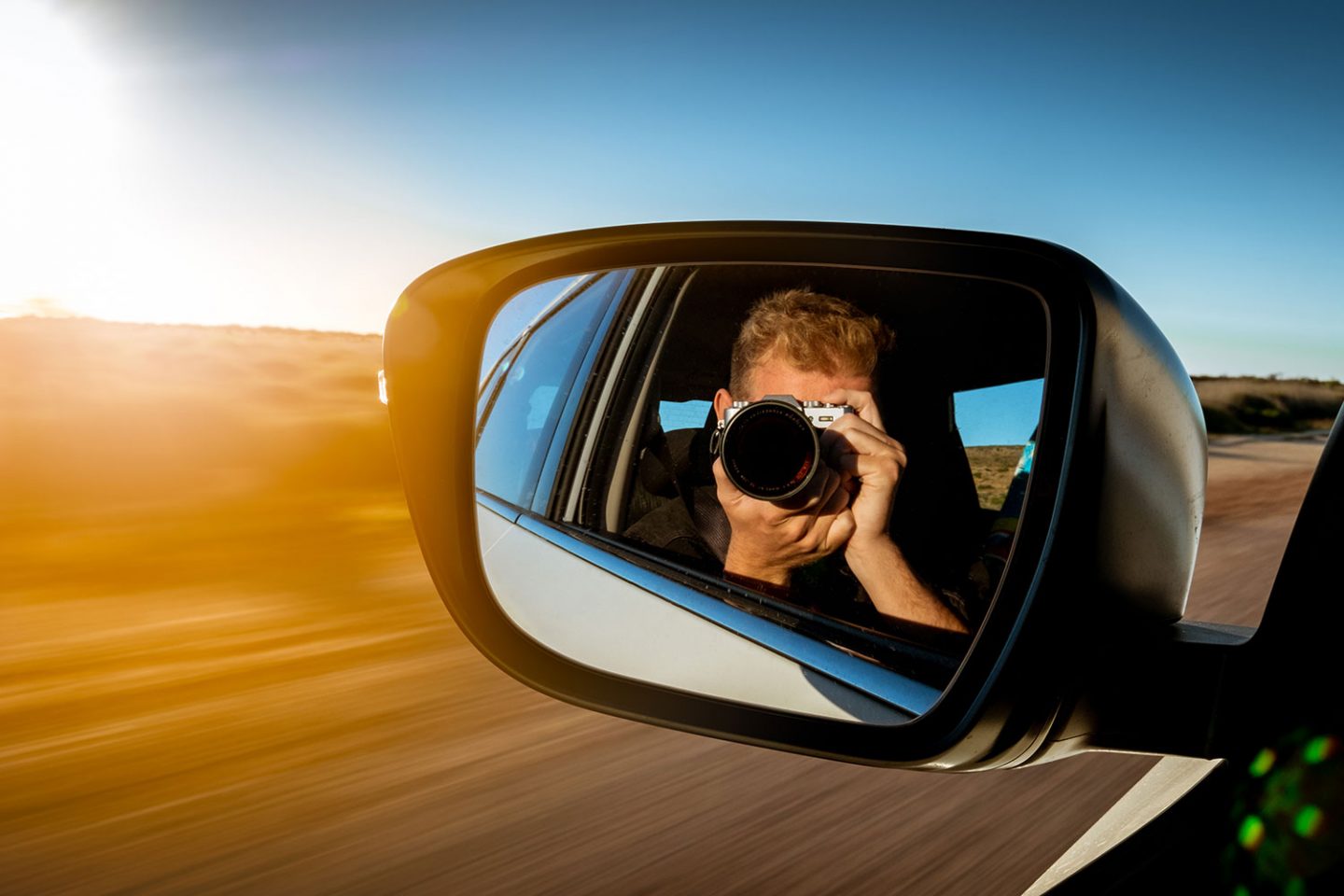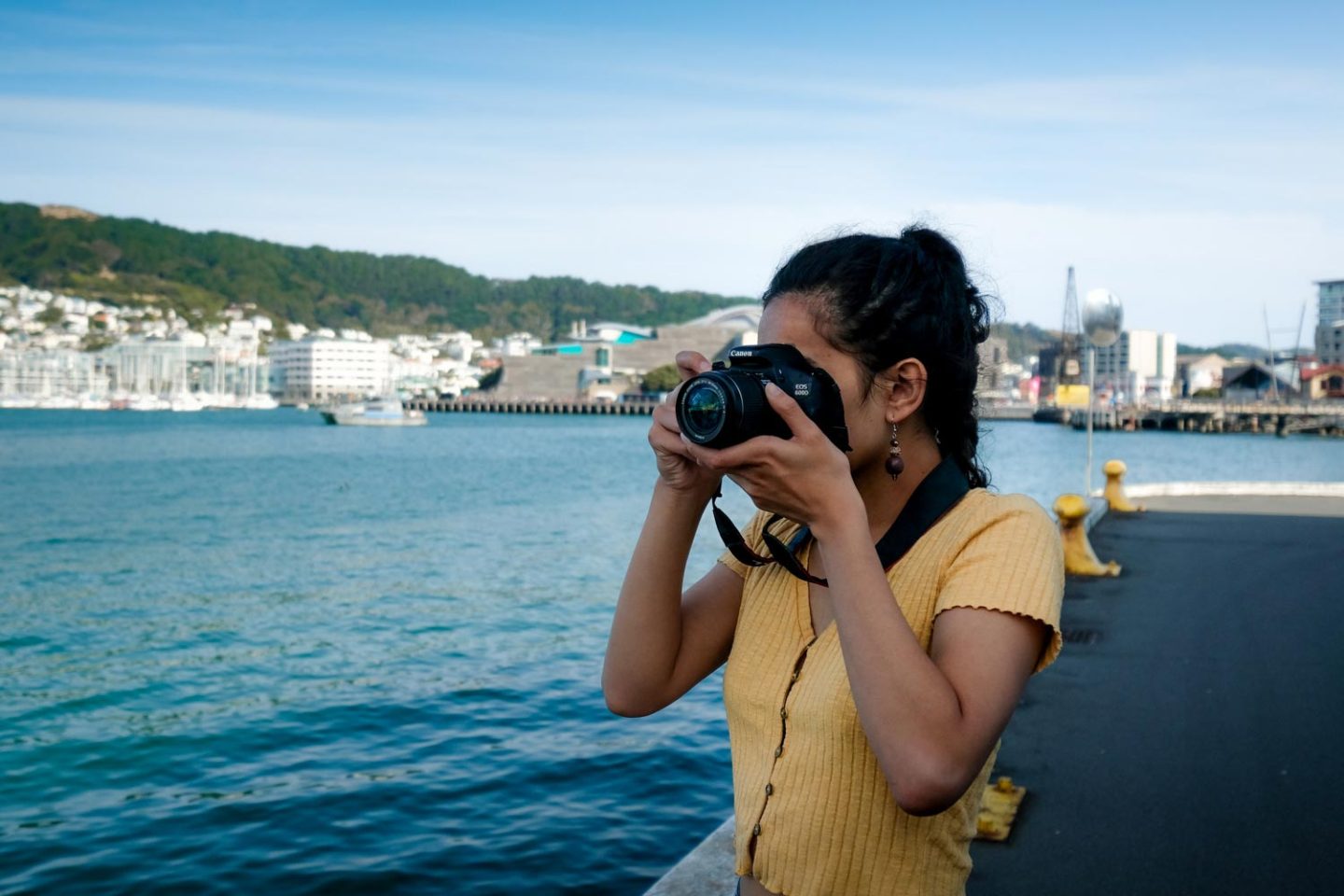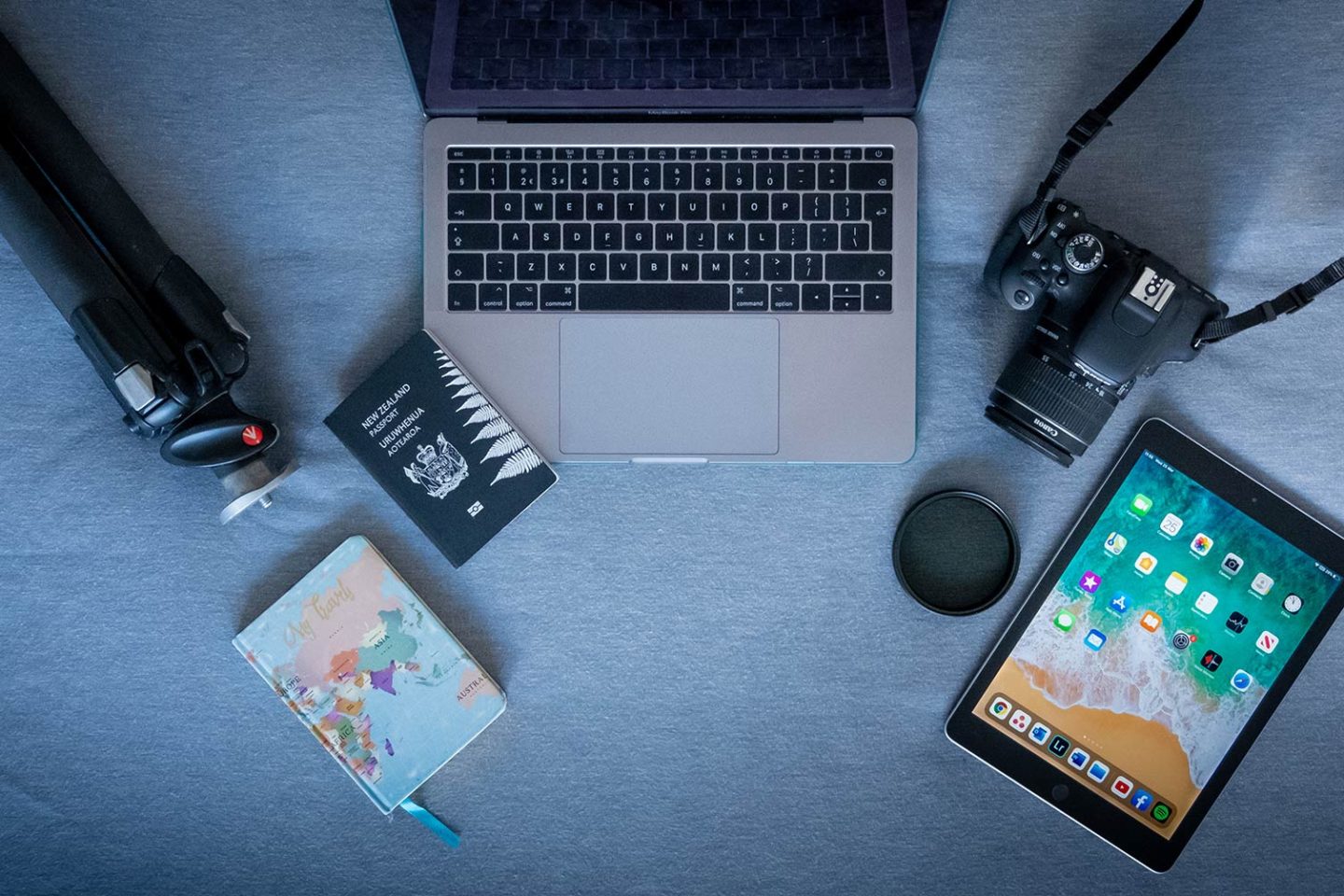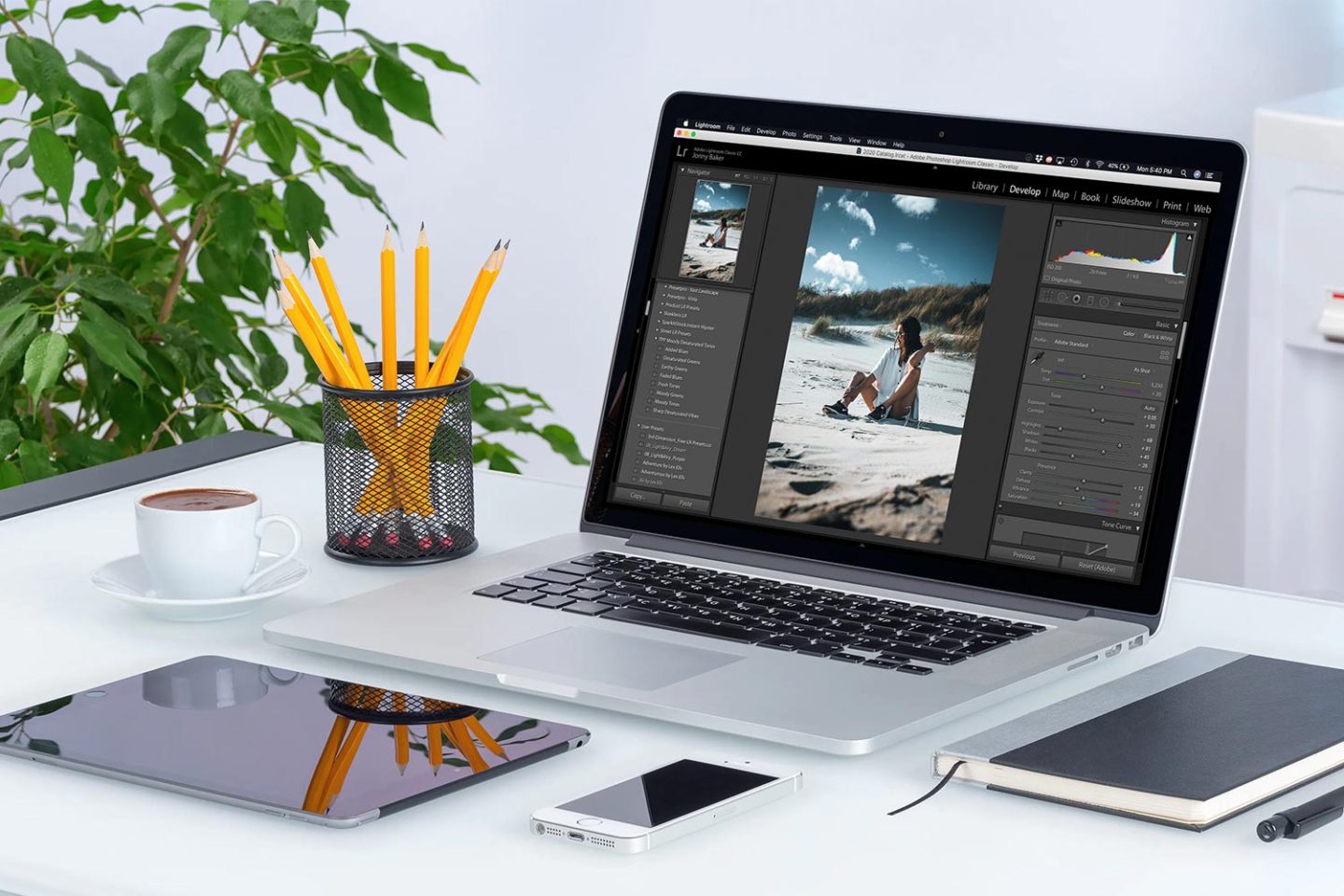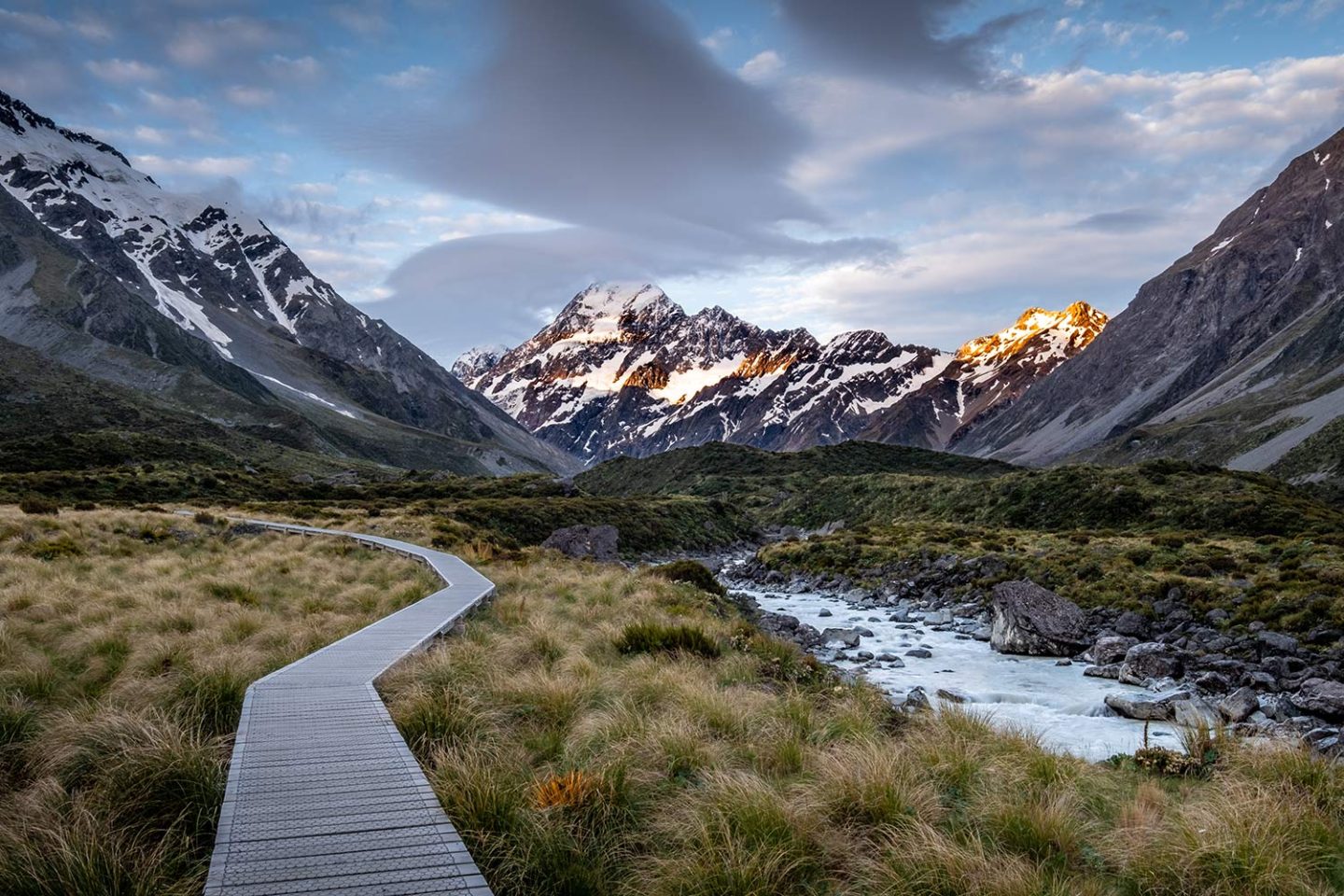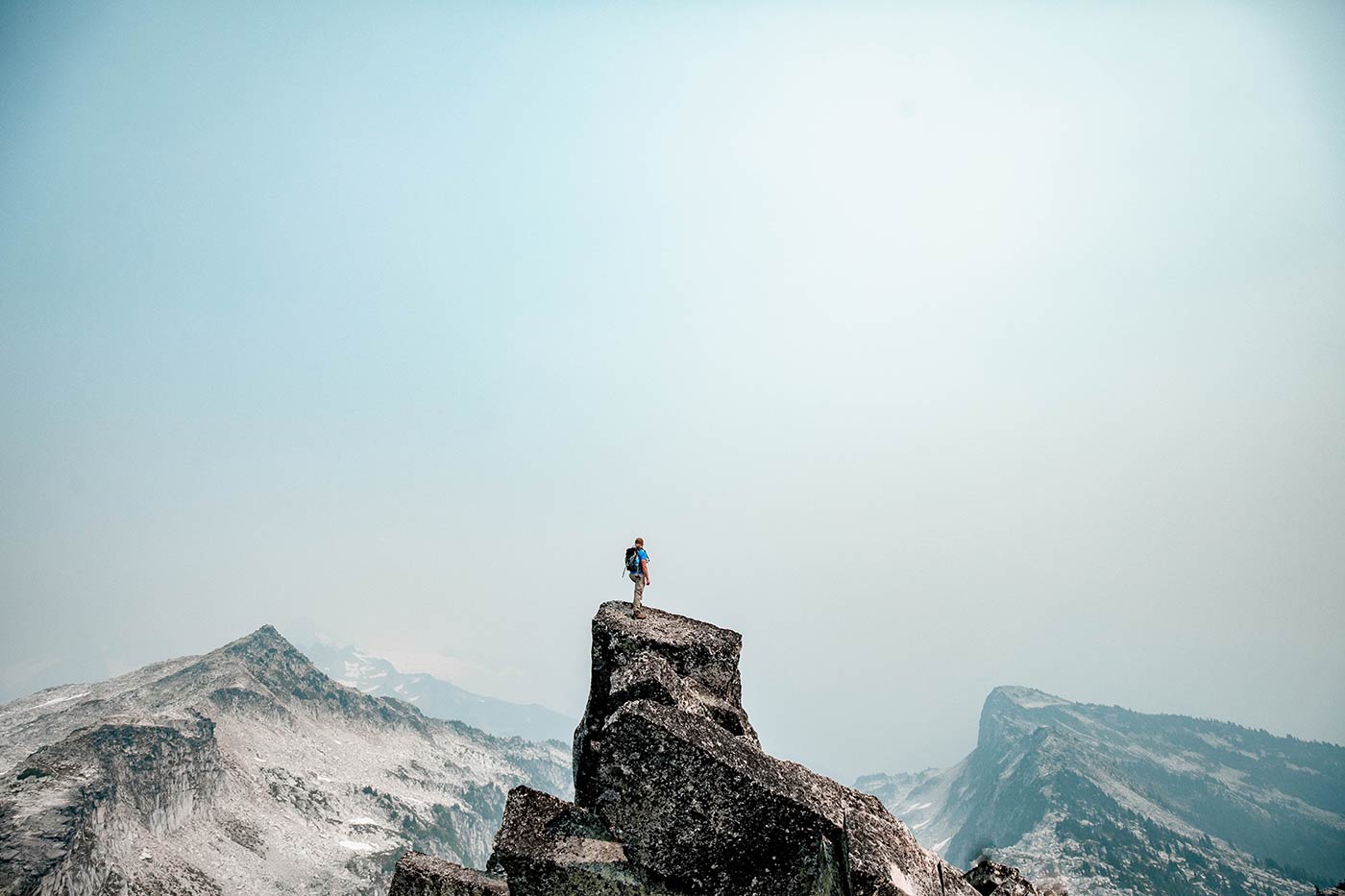This article may contain affiliate/compensated links. For full information, please see our disclaimer here.
I absolutely love the night sky, there’s really nothing more incredible than staring out into the abyss at a sky lit up with an unimaginable amount of stars. The only thing that I find more enjoyable than spending hours on end staring up at the starlit sky is capturing it with my camera. If you’re looking to get into astrophotography but are not quite sure where to start, then you’ve landed in the right place. In this article we are going to cover what you should look out for in an astrophotography camera and the best camera for astrophotography, plus I’ll also share some great bonus tips that will help you hone your astrophotography skills. So if you’ve always wanted to capture great astrophotography, whether it be while you travel the world or maybe during a breath-taking star gazing session, keep reading!
- Astrophotography 101
- What To Look For In An Astrophotography Camera
- Other Features To Look For
- The Different Types Of Cameras
- The Shortlist: Best Camera For Astrophotography
- Other Equipment You’ll Need
- Astrophotography Tips
- Final Thoughts
- Other Resources
Astrophotography 101
In order to select a suitable camera for astrophotography, first we need to understand a little bit about how shooting the night sky works. Shooting during the night time is completely different to shooting during the day and so you will find you’ll have to go about things a bit differently. Without the sun present you will be taking photos in extremely low light situations, with perhaps only the light from the moon and stars illuminating your shots. In order to get the best shots, you will need to know and understand a few things. First off what ISO is and how to use it, how to control your shutter speed and also how to control and set the correct aperture. We will go into detail about what these all are and why each can be very important in choosing the best camera for astrophotography.
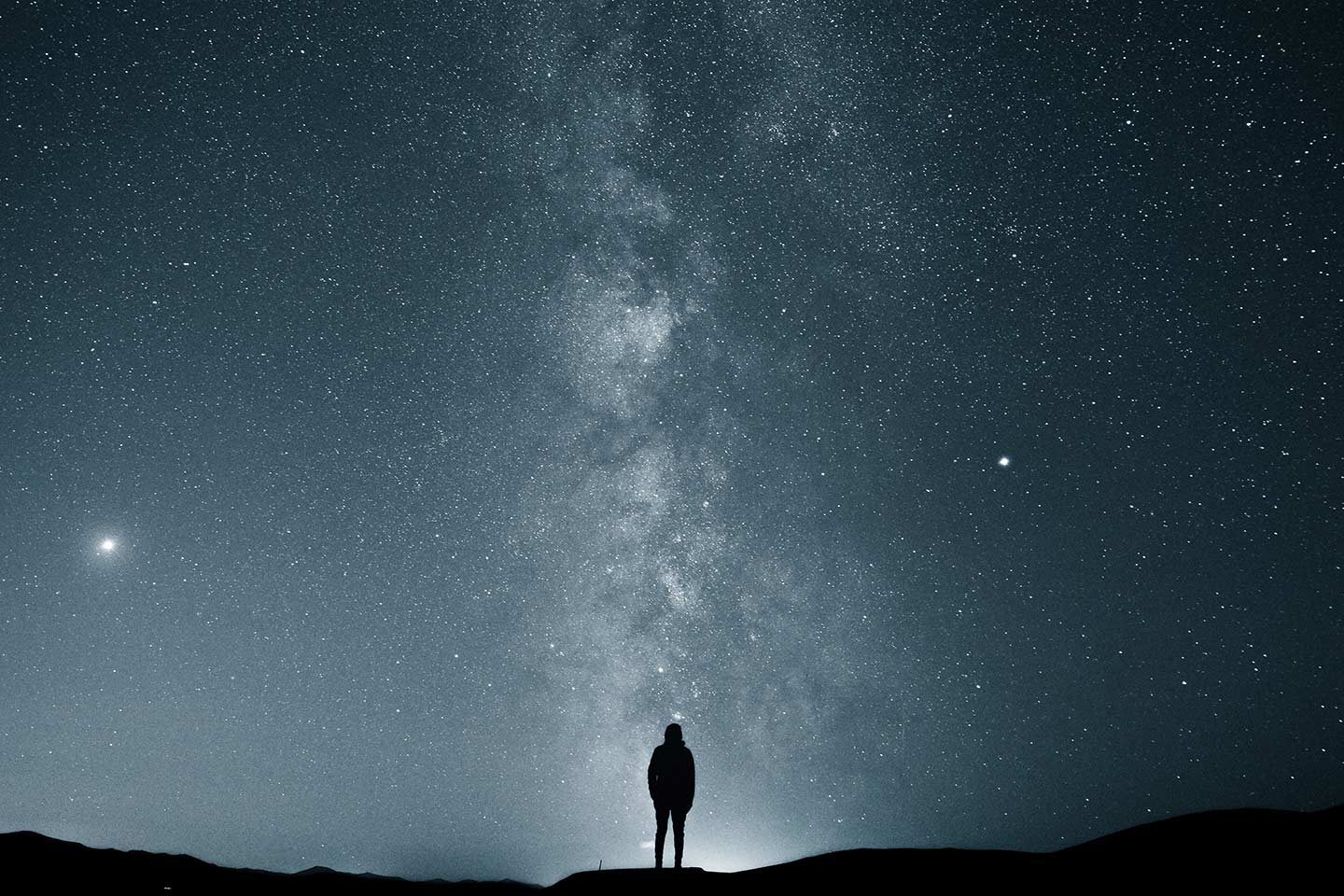
What To Look For In An Astrophotography Camera
When choosing a camera for astrophotography there are a few features that you should be looking out for. The three most important things are as follows: a camera that has a good ISO range, a quality large sensor and a camera that has a high dynamic range. I will explain exactly what each of these features are and why they are important.
ISO
ISO is an extremely important aspect of an astrophotography camera, the ISO will allow you to control the overall exposure of your images and also allows you to control the amount of light your camera sensor will pick up. It comes from traditional film photography when the film was rated by a number, (100, 200, 400 etc), this number indicated how sensitive to light the film was. The higher the number, the more sensitive to light the film was. A higher ISO would affect the amount of grain in your shots, increasing the ISO would also increase the grain. Modern digital cameras have adopted this principle as well, except the ISO rating now applies to the sensitivity of the camera’s sensor.
With astrophotography it’s important that your camera has a good ISO range as you will be working with very low light situations. You will generally find that you will be pushing your aperture and shutter speed to their limits, so in order to get high quality well exposed images a camera with a good ISO range is key. As well as a good ISO range you want to make sure that the camera that you buy can handle you cranking the ISO up. Some camera sensors don’t cope so well when you increase the ISO and you’ll find the image quality of your photos can quickly become compromised with lots of digital noise.
Sensor
The sensor, if you haven’t already guessed, is the part of the camera that actually captures the light and forms your photo. There are lots of different types of sensors that come in many different sizes, however for this guide we will be focusing on two types; full frame and cropped sensor. The main differences between these two types of sensors are the size. A full frame sensor is the same size as a piece of 35mm film hence the name full frame. A cropped sensor is smaller than a full frame sensor and can range in sizes depending on the manufacturer of the camera. A larger size sensor generally results in higher quality images and also the ability to capture more light. However, in recent years cropped sensor cameras have come a long way and there are many cropped sensor cameras that produce great image quality.
Another thing to keep in mind is the crop factor of a cropped sensor camera. The crop factor basically affects the focal length of the lens you are using. As we already know a cropped sensor is smaller than a full frame sensor, what this means is the cropped sensor is unable to capture as much of the scene with the same lens. For instance, a focal length of 50mm on a full frame camera is actually equivalent to 75mm on a cropped sensor with a crop factor of 1.5x. This can be an especially important factor to keep in mind if you are looking to shoot images of the Milky Way where you may need to use a wide angle lens. If you are looking to shoot some deep-sky astrophotography, the crop factor may actually work in your favour as you will be able to capture a close-up shot.
Dynamic Range
The dynamic range of a camera in its simplest sense, is the ratio of the brightest light or white point to the darkest shadow or black point, in a photograph. To make this easier to understand, the dynamic range of a camera is its ability to capture as much information in the dark parts and light parts of your images.
For astrophotography it is a good idea to get a camera that has a high dynamic range as it will perform a lot better in low-light situations. A camera that has a high dynamic range will be able to capture more information in the highlights and shadows of an image. This means that when you come to edit your photos in an image editing program such as Adobe Lightroom, you will be able to recover areas of the photo that perhaps look underexposed. Obviously, the aim is to get the exposure as good as possible when you are taking the photo, however with astrophotography that is often a lot easier said than done and this is when having a camera with a high dynamic range can come in handy.
Other Features To Look For
If you want to make sure you can get the best images possible, there are a few other features you should look out for in the best camera for astrophotography, they are as follows:
Manual Settings
When it comes to shooting astrophotography you can’t really rely on the automatic setting of your camera as it will be too dark. It is especially important that you have a camera that has manual settings so that you can control the shutter speed, aperture and ISO, as already discussed. Having full control of these settings is super important, it will allow you to capture the correct exposure which is essential if you want high-quality images.
RAW Capability
Another must-have for good astrophotography is a camera that allows you to shoot in RAW. Most cameras will record your photos in JPEG format but some cameras will also have the option to shoot in RAW. RAW, unlike JPEG, is an unprocessed image format that allows you to easily edit your photos using programs such as Adobe Lightroom or Photoshop. With RAW you can make quite drastic changes to details such as the overall exposure of your photo, highlights, shadows and you can even easily change the white balance.
If you’re serious about your photography you should definitely be shooting in RAW because of the possibilities it allows when coming to the post-production of your images. With astrophotography it can be super helpful, not only will it allow you to correct any issues with the exposure of your photos but it will allow you to take your astrophotography from good to great during post-production.
Interchangeable Lenses
The final thing that you want to look for in a great astrophotography camera is the ability to use interchangeable lenses. This will give you the flexibility to shoot your subject in the best possible way. For instance, if you are into shooting stunning images of the Milky Way you will definitely need a wide-angle lens to capture the sky in all its glory. However, if you’re more into shooting deep sky astrophotography you’ll need a long telephoto lens to capture all the detail. The ability to change lens depending on your subject matter will allow you to capture a wide variety of high quality images.
The Different Types Of Cameras
When it comes to choosing a camera that has everything that we have talked about above, you have a few options; either a DSLR, mirrorless camera, or if you are specializing in astrophotography, maybe a dedicated astrophotography camera. Each type of camera has its pros and cons and it will be down to you to decide what you are really looking for from your camera.
DSLR
If you’re even just a little bit into photography I’m sure you will have heard of DSLRs before. DSLR’s or Digital Single Lens Reflex is a camera system that beginner and advanced photographers alike have used for years. The DSLR camera system uses a series of mirrors inside the camera so that you are able to preview your shot through an optical viewfinder. They are a great option for astrophotography because they have been around for years and there is an abundance of options that will allow you to achieve the highest quality images.
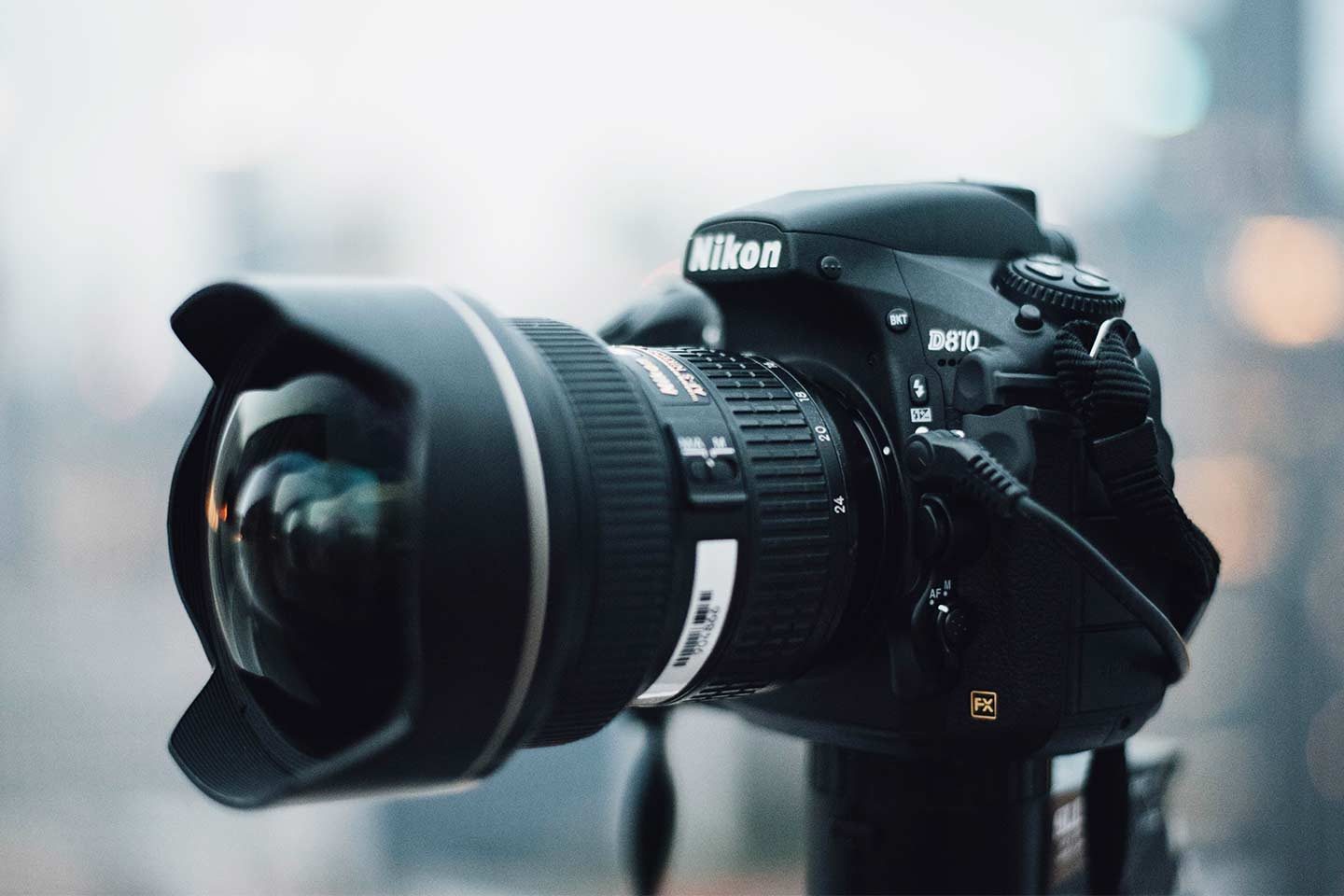
Pros
- Really great image quality
- Vast selection of lenses to choose from
- Long battery life
- Tried and tested system that has been around for a long time
Cons
- Bulkier and heavy design compared to mirrorless cameras
- Lenses tend to be a lot bigger and heavier compared to mirrorless as well
Mirrorless
Mirrorless cameras are very much considered the new kids on the block, however some amateurs and professionals alike have started switching over from DSLR’s to mirrorless cameras. The main difference between the two is that mirrorless cameras, as you may be able to guess, don’t have any mirrors inside them. Instead of using a series of mirrors to preview your photos through the viewfinder, the sensor in the camera captures a preview which is either displayed through an electronic viewfinder or on the rear LCD screen. This system allows mirrorless cameras to be a lot lighter and compact than their much bulkier rivals.
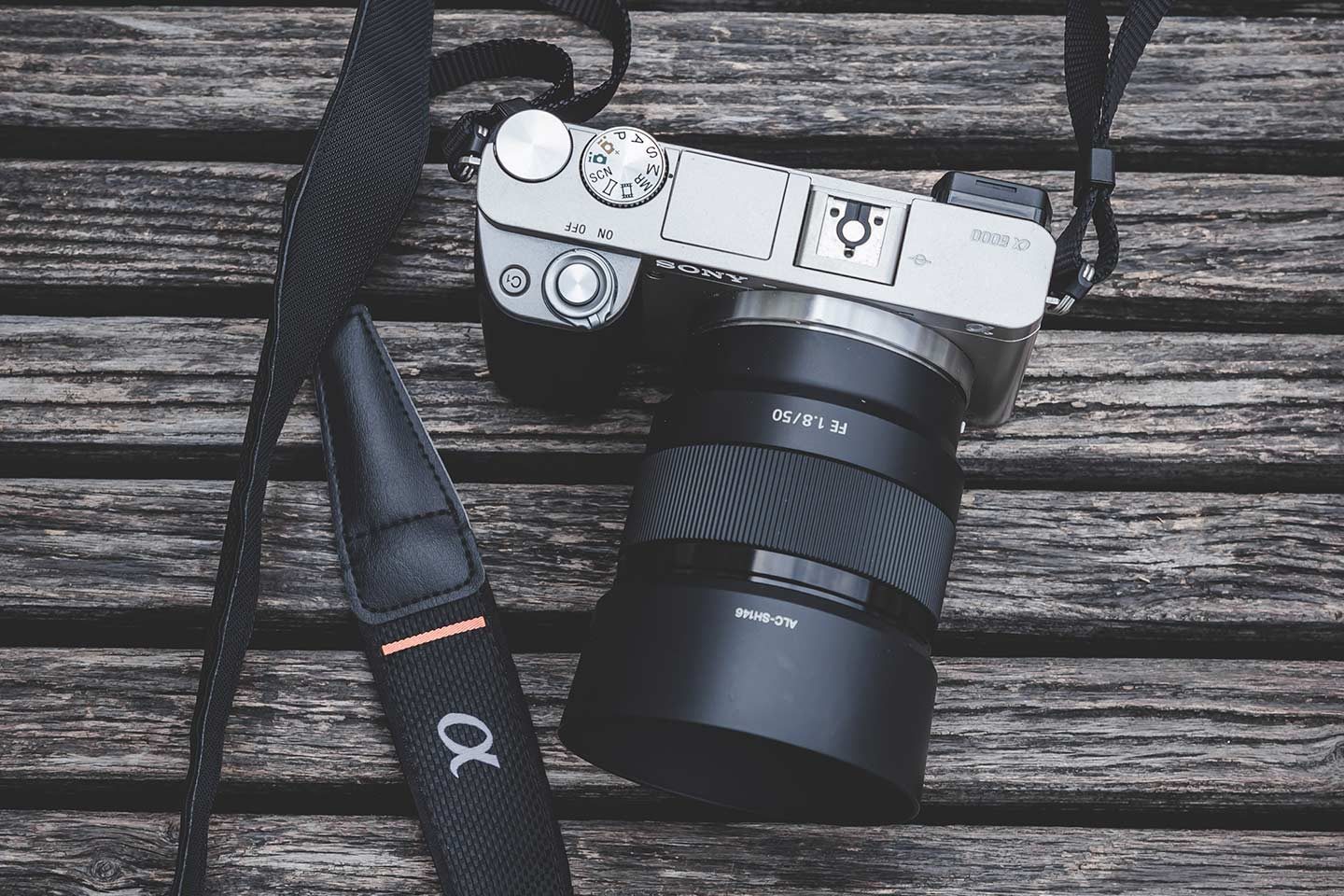
Pros
- Smaller and lighter than DSLRs
- Perfect for travelling with
- Really great image quality
- High video quality
- Autofocus system of mirrorless cameras is far better than that of DSLRs
Cons
- Battery life can be very limited in comparison to DSLRs
- Less selection of lenses compared to DSLRs
Dedicated
If you wanted to get really specialised there are actually dedicated astrophotography cameras such as CCD and CMOS cameras. These cameras are designed with the sole purpose of astrophotography and are aimed more towards advanced astronomers, however if you are mad about astrophotography they could be a great option for you.
In this article we will not be covering them in depth as they are very much a professional solution but you should definitely be aware of them. If you wanted to find out more about the best dedicated astrophotography cameras you can learn more in this article.
Pros
- They are perfect for capturing deep-sky photos
- Specialised for astrophotography
Cons
- Specific for astrophotography, can’t use for other types of photography like DSLRs or mirrorless
- Can have a steep learning curve
The Shortlist: Best Camera For Astrophotography
Best DSLR For Astrophotography
Nikon D850
Key Specifications
- Camera Type: DSLR
- Sensor: Full Frame
- ISO range: 64-25,600
- Megapixels: 45.7

The Nikon D850 is our top pick for the best camera for astrophotography, if you are looking for a DSLR to shoot the night sky this is a great option. It performs amazingly in just about every area, for starters it has a large full frame sensor that is capable of 45.7 megapixels and this will allow you to capture a crazy amount of detail. The sensor has amazing dynamic range capabilities which means your RAW files will be full of information. The D850 has a great native ISO range and at high ISO settings it performs really well with very little visible grain. It is a fully weather sealed camera so it will be up to the challenge of any outdoor astrophotography environment. It’s a fantastic camera that will be able to meet all your photography needs, be it astrophotography, travel or just about anything else.
Best Mirrorless For Astrophotography
Sony Alpha A7 III
Key Specifications
- Camera Type: Mirrorless
- Sensor: Full Frame
- ISO range: 100-51,200
- Megapixels: 24.2

The Sony Alpha A7 III is certainly a true contender for the best camera for astrophotography. Sony have lead the way with mirrorless cameras for a long time especially with their Alpha A7 series of cameras. The third version of the Alpha A7 has everything that you need out of a good astrophotography camera, a large full frame sensor, unbelievable dynamic range and a wide ISO range so you can shoot even in the lowest light situations. If you are looking to travel a lot with your camera this is a great option. In comparison to the D850 and many other DSLRs it is very light and compact, so if that’s something you are looking for, the A7 III could be a good option for you.
Best Budget Camera For Astrophotography
Canon EOS Rebel T7i/EOS 800D
Key Specifications
- Camera Type: DSLR
- Sensor: APS-C Cropped
- ISO range: 100-25,600
- Megapixels: 24.2

Although the first two cameras are undoubtedly amongst the best cameras for astrophotography, they both come with quite a large price tag. If you are just getting started with astrophotography don’t fear because there are a lot more affordable options available. The Canon EOS Rebel T7i is one of those options, it is a great beginner camera and has all the tools you need to start creating great astrophotography. The T7i comes with a 24.2 megapixel APS-C sensor which delivers good results and can be great if you’re looking to shoot close-ups, because of its crop factor. The T7i uses Canon’s EF/EF-S lens mount, which means there is a wide selection of lenses to choose from. With the camera’s small price tag it will allow you to spend your money where it really matters, on a great quality lens.
Other Cameras To Consider
Canon EOS 5D Mark IV
Key Specifications
- Camera Type: DSLR
- Sensor: Full Frame
- ISO range: 100-32,000
- Megapixels: 30.4

The Canon EOS 5D Mark IV is another full frame option you should consider. Although it doesn’t quite match up to the competition from Nikon and Sony, it is still a fantastic option for astrophotography. Although the other full frame options in this list perform a lot better for the purpose of astrophotography, the 5D could be an attractive option to those already shooting with Canon cameras. Its low light performance is good and its 30.4 megapixel sensor produces excellent image quality.
Fujifilm X-T30
Key Specifications
- Camera Type: Mirrorless
- Sensor: APS-C Cropped
- ISO range: 160-12,800
- Megapixels: 26.1

The Fujifilm X-T30, although perhaps not the best camera for astrophotography, is a great option for those looking for a camera that performs great without a high price tag. The X-T30 produces fantastic image quality and works really well in low-light conditions. It has an acceptable ISO range and dynamic range is more than good enough for shooting astrophotography. If you’re looking for a camera that performs great, is relatively affordable and is compact and light then the X-T30 is one to look out for.
Sony Alpha a6500
Key Specifications
- Camera Type: Mirrorless
- Sensor: APS-C Cropped
- ISO range: 100-25,600
- Megapixels: 24.2

Although the Sony Alpha a6500 is not considered the best camera for astrophotography, it is a great all rounder that allows for some impressive captures. The a6500 performs really well in low-light situations, at higher ISOs the sensor achieves a good degree of image quality with images that don’t look overly noisy. The dynamic range of the a6500 is very good, which will give you the option to push the exposures if you need to during post-production. If you are looking for a quality camera that performs in all areas at a reasonable price then the Sony a6500 might just be the camera for you.
Other Equipment You’ll Need
To have the best chance of capturing the best astrophotography photos there are a few camera accessories that will make your life a heck of a lot easier. Some accessories are vital for great photos such as a sturdy tripod, while others may not be so crucial but will definitely make the job that much easier.
Camera Lenses
Whilst making sure you are getting the best camera for astrophotography, it’s essential you are getting a quality lens as well. It’s no good spending all your money on an amazing camera if you combine it with a lens that performs badly. If you are looking to shoot images of the Milky Way make sure you get yourself a wide-angle lens such as Canon’s 16-35mm. If you are more interested in shooting some deep-sky imagery, a high-quality telephoto lens is what you are looking for.
Below you can find a selection of great wide-angle and telephoto lenses. One thing you must remember is that you need to make sure the lens or lenses that you are buying are compatible with your camera. Each camera brand will use a different lens mount, for instance most Sony mirrorless cameras use the E-mount system. Some lens manufacturers such as Sigma make their lenses in many different lens mounts so that you can choose the mount that is compatible with your camera. Make sure you clue yourself up on the type of lens mount that your chosen camera has. If you wanted a little more info on the best astrophotography lenses check out this article that is full of great information.
Tripod
A vital piece of kit that you will definitely need to take with you on your night time astrophotography missions is a decent, sturdy tripod. Even the best camera for astrophotography is no good without a good tripod to keep your images as sharp as possible. The majority of astrophotography images will be shot with long exposures due to the low light conditions, this means if you don’t have a solid tripod to hold your camera in place, the images you produce will end up leaving a lot to be desired.
Much like cameras, there are a lot of different tripods to choose from. When it comes to choosing a tripod you want to make sure that it is going to be sturdy enough to keep your camera completely still, as even the smallest of movements could ruin your photos. There are a lot of cheap tripods out there that I would recommend staying away from as they just won’t deliver the goods. In terms of reputable manufacturers, Manfrotto is a brand you can trust when it comes to tripods. I’ve had the same Manfrotto tripod for a while now and it has always delivered me sharp images no matter what the weather conditions are outside. Another brand worth looking at is Gitzo who produce really great carbon fibre tripods.
Shutter Release
Although a shutter release or remote trigger is not a vital piece of camera kit, it will definitely make your life a lot easier. Even if your camera is fixed on a tripod, you can still end up with blurry images if you use the shutter button located on the camera. This is where a shutter release cable or remote trigger will come in very handy. It is essentially a way to trigger the camera to take a photo without touching the shutter button on the camera, which can be very helpful when working with long exposures.
Don’t worry if you don’t have a remote trigger though as you can also navigate this problem by using the self-timer function of your camera. Although with this method you’ll generally have to wait 2-10 seconds for the photo to be taken which can be a little inconvenient if you have time constraints or are taking multiple photos.
Flash Light
I’d say a flash light could be considered a very vital piece of camera kit for an astrophotographer, as generally you will be operating during the darkest hours of the day. Not only will a flash light be extra useful when navigating to and from your chosen location, it will also make setting up and packing down your camera equipment that much easier. Also having a source of light can be really helpful when taking astrophotography images. Say for instance you want to illuminate something in the foreground of your photos, if you have a flash light with you, you may be able to take a good photo and turn it into an amazing photo with a little trial and error.
Phone Apps
There are a ton of phone applications nowadays that can make astrophotography that much easier. There are apps that can help you locate the Milky Way, check weather conditions and even visualise shots with the location of the moon and Milky Way for your specific location and time.
One app that I would particularly recommend is PhotoPills. With Photopills you can easily plan your images of the Milky Way, visualise images using augmented reality, calculate exposures, plus many other useful photographic functions to help you create mind blowing photography.
Download Photopills from the App store for Apple products here. Or if you use Android find it on the Google Play store.
Astrophotography Tips
In terms of astrophotography there are not a whole lot of rules, in fact I find I have the best outcomes when I start to experiment a little. However, there are a few rules that you should be aware of, none more important than the 500 rule. This rule will allow you to avoid star trails in your photos. Due to the rotation of the Earth, when using long exposures it can sometimes seem like the stars are moving through the sky. In order to achieve static sharp stars when using long exposure astrophotography, you need to use the simple 500 rule to determine the longest shutter speed you can use before you start to get movement in the stars.
The 500 rule is as follows:
If you are using a full frame camera, 500 divided by the focal length of the lens you are shooting with will give you the longest exposure in seconds before the stars will start to trail.
Example: Say you are shooting photos of the Milky Way with a full frame camera and a 16-35mm lens attached, the actual focal length you will be shooting with is 16mm as you are trying to capture as much of the Milky Way as possible.
So the equation to work out your maximum exposure time will be 500 ÷ 16 = 31.25 seconds. I would likely round down to 30 seconds to make it a little easier.
If you are using a cropped sensor camera the equation you will use to work out your maximum exposure time will be slightly different, for this you will need to know the crop factor of your sensor. We talked about the crop factor a bit earlier on in this article, if you don’t know the crop factor of your camera’s sensor this is easy to find out with a quick Google search. The equation we will use this time will be 500 divided by the focal length of your lens and then divided again by the crop factor of your camera’s sensor, this will give us our maximum exposure time.
Example: Say you are using the Fujifilm X-T30 which has a crop factor of 1.53x and we are using a 10-24mm lens that is being used to shoot at a focal length of 24mm.
The equation that we would use to work out the maximum exposure time will be 500 ÷ 24 ÷ 1.53 = 13.62 seconds. In this case I would round down to 13 seconds if my camera allowed 13 second exposures.
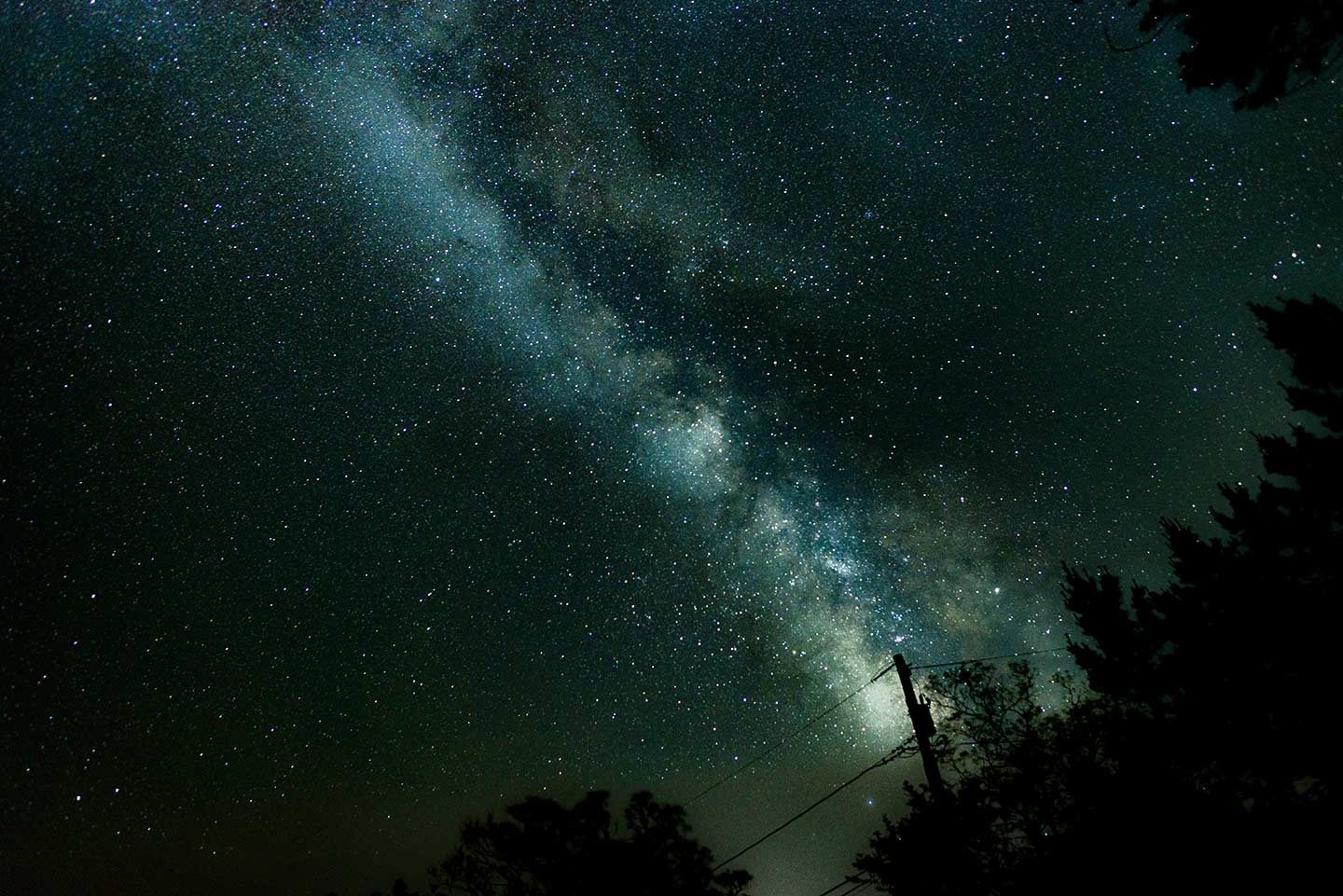
Final Thoughts
Hopefully you’re now a lot more clued up on astrophotography than when you started off reading this piece. There are a huge variety of options when it comes to finding the best camera for astrophotography, however we have covered a few of the best options available to hopefully make it a bit easier for you to choose the camera that is right for you.
Although great camera equipment can really help you produce great images of the night sky, the best thing you can do if you want to take breathtaking astrophotography images is get out and practice. The more you get outside and shoot, the more you will learn about the art of astrophotography. So I’d advise you to get out as much as possible, learn as much as you can and most importantly enjoy yourself.
Other Resources
We have tons of other resources as well to help with all your photography gear needs. Check out our extensive photography equipment list if you’re looking for some great gear inspiration.
Pin It
